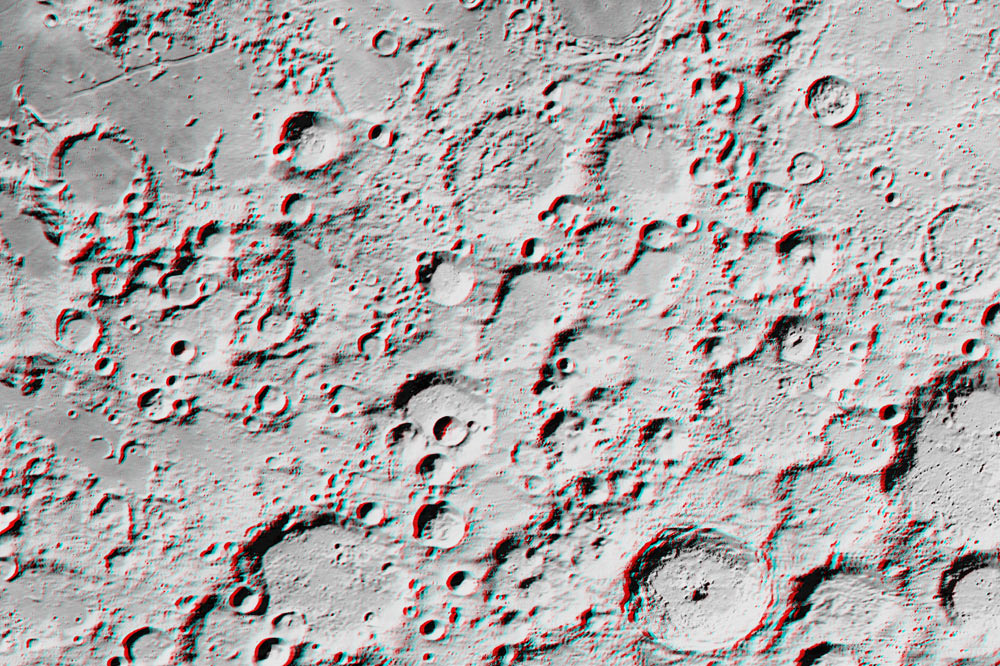Difference between revisions of "February 11, 2012"
| Line 3: | Line 3: | ||
<!-- ws:start:WikiTextHeadingRule:0:<h1> --> | <!-- ws:start:WikiTextHeadingRule:0:<h1> --> | ||
<!-- ws:start:WikiTextLocalImageRule:6:<img src="http://lpod.wikispaces.com/file/view/LPOD-Feb11-12.jpg/300692850/LPOD-Feb11-12.jpg" alt="" title="" /> -->[[File:LPOD-Feb11-12.jpg|LPOD-Feb11-12.jpg]]<!-- ws:end:WikiTextLocalImageRule:6 --><br /> | <!-- ws:start:WikiTextLocalImageRule:6:<img src="http://lpod.wikispaces.com/file/view/LPOD-Feb11-12.jpg/300692850/LPOD-Feb11-12.jpg" alt="" title="" /> -->[[File:LPOD-Feb11-12.jpg|LPOD-Feb11-12.jpg]]<!-- ws:end:WikiTextLocalImageRule:6 --><br /> | ||
| − | <em>image from [http://www.wired.com/wiredscience/2012/02/3d-moon-map/ | + | <em>image from [http://www.wired.com/wiredscience/2012/02/3d-moon-map/ Jeffrey Ambroziak]</em><br /> |
<br /> | <br /> | ||
| − | The <em>Wired Science</em> website just [http://www.wired.com/wiredscience/2012/02/3d-moon-map/ | + | The <em>Wired Science</em> website just [http://www.wired.com/wiredscience/2012/02/3d-moon-map/ featured]this stereo image of the Tycho to Pitatus region of the Moon. Jeffrey Ambroziak created the 3-D image from LRO digital terrain data by constructing red and blue anaglyph images from two slightly different perspectives. He and his father had patented a new technique to create stereo images that work when viewed from nearly any angle or distance. As I have mentioned before, I can't see stereo so get out your red-blue glasses and send me your comments on how it works. Is it better than LRO [http://the-moon.wikispaces.com/Anaglyph anaglyph] images by [http://moonscience.yolasite.com/3-d-anaglyphs.php Maurice Collins] and others?<br /> |
<br /> | <br /> | ||
| − | <em>[mailto:tychocrater@yahoo.com | + | <em>[mailto:tychocrater@yahoo.com Chuck Wood]</em><br /> |
<br /> | <br /> | ||
<strong>Related Links</strong><br /> | <strong>Related Links</strong><br /> | ||
Revision as of 16:45, 11 January 2015
Red-Blue Blur

image from Jeffrey Ambroziak
The Wired Science website just featuredthis stereo image of the Tycho to Pitatus region of the Moon. Jeffrey Ambroziak created the 3-D image from LRO digital terrain data by constructing red and blue anaglyph images from two slightly different perspectives. He and his father had patented a new technique to create stereo images that work when viewed from nearly any angle or distance. As I have mentioned before, I can't see stereo so get out your red-blue glasses and send me your comments on how it works. Is it better than LRO anaglyph images by Maurice Collins and others?
Chuck Wood
Related Links
Rükl plate 64



